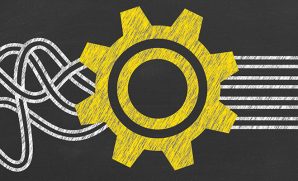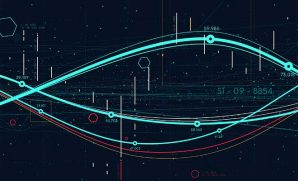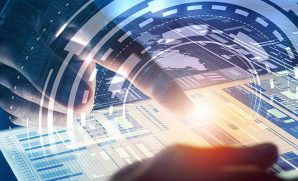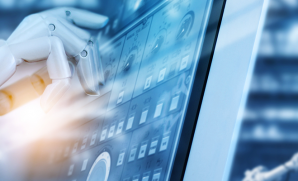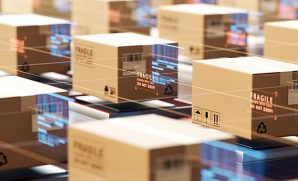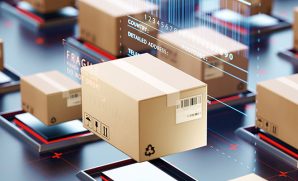Application Modernization – Gear Up for the Disruptive Changes
Publish Date: June 23, 2017Advances in technology have not just changed the way organizations operate but also customer expectations. Now more than ever, organizations are dependent on agile and efficient applications to achieve their business goals. Legacy application needs to be modernized to stay at par with the latest technology trends and meet the growing needs of the organization.
Application modernization helps organizations to cope up with the changing business landscape. Modernization lets businesses overcome the shortcomings of legacy application like:
- High-cost maintenance – Legacy applications are complex when compared to modern technology, as a result, the maintenance cost is higher.
- Lack of flexibility and adaptability – The legacy systems are difficult to integrate with new technology.
- Shortage of support – With time there is a shortage of skilled resources who are knowledgeable with the legacy, leading to issues with support.
- Non-agile – New business requirements are not possible to adapt to the legacy.
- Poor or no vendor support – Legacy might be using old hardware for which find vendor support can be difficult.
- Missing business functionalities – Modern businesses need up-to-date technology to meet customer needs. It might not be possible to build new features into the legacy.
Before embarking on the actual process of application modernization, businesses need to choose the migration approach that suits their goals, budget and timelines. Let’s have a look at the possible ways:
- Build Migration Tool: From our experience, we know that this is the easiest and a preferred migration approach opted by businesses. A custom central layer (migration tool) is built which serves as a path for the data, process, business functional tools, etc. to move to the final upgraded environment. This ensures a smooth migration. A major drawback of this approach is the interruption in business continuity because of downtime, service level breakage and inaccessibility to the application.
- Enhance The Legacy Application: This option works well in scenarios where there is a dependency on the legacy system and it is not possible to completely move out of the legacy. Yet to keep in tune with the changing dynamics of the business landscape, new business functional tools and processes are added to the legacy. To name a few aspects of the application that are commonly enhanced are business functional tools, processes, data management and resource/task management.
- Building An Outer Layer On Top Of The Legacy Application: In scenarios where the legacy system cannot be enhanced this option is used. The 2nd layer or an outer layer is built to cover and manage the add-ons rather than enhance or built a new system. For instance, the legacy a process has a 3 stage workflow which needs a 15 level workflow to match the current needs. As the legacy cannot be enhanced the remaining 12 workflows run on the outer layer. Once these 12 workflows are completed the respective details are transferred to the legacy application. This way legacy application is not overloaded because of new processes.
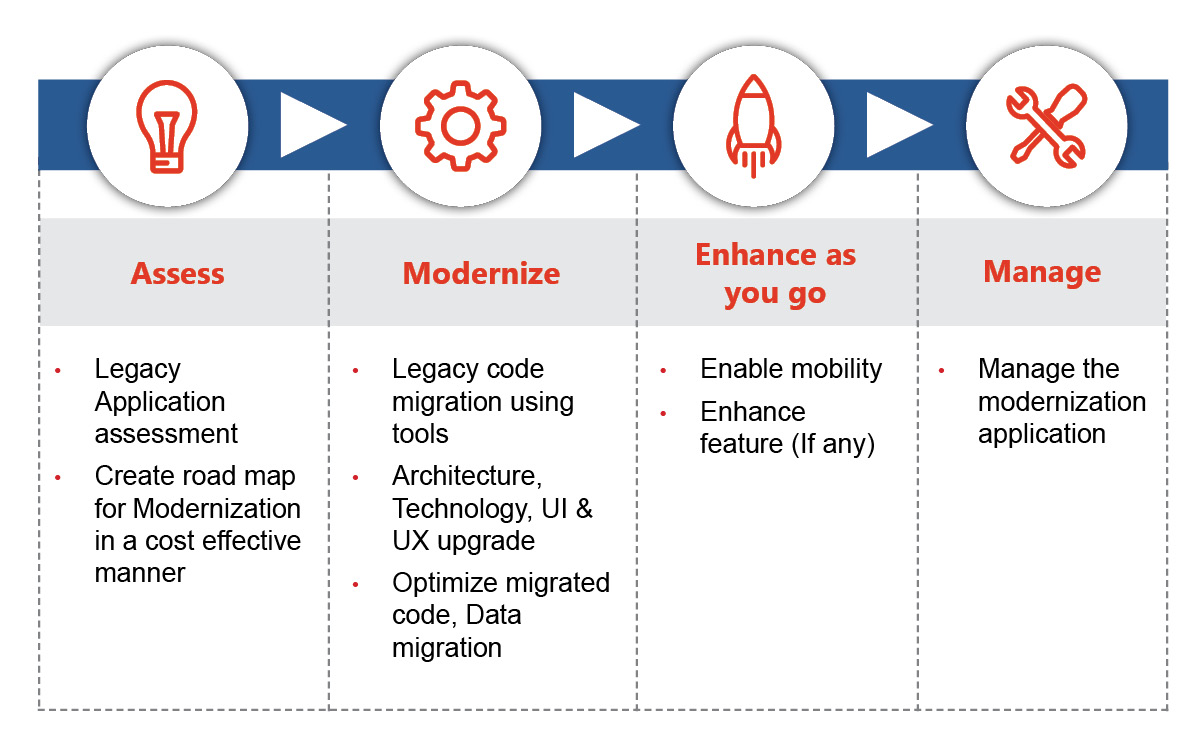
What Are The Benefits Of Application Modernization?
The different benefits that application modernization got to offer includes:
- Reduction of future system development cost
- Workflow integration and enabling cross application code usability
- IT strategy for gradual transition towards SOA
- Centralize geographically dispersed resources
- Get efficient system with elimination of wasteful processes
- Build control into the process
- Helps to lower cost and increase service quality
Change is the only constant. New processes need to be implemented due to changes in compliance, business needs, customer demands and lot of other factors. Stay ahead of competition by meeting the new age demands through application modernization.
Looking for more information on Application Modernization? Watch on Demand Webinar.
Praveen Kumar – Practice Head Microsoft Technologies @ YASH Technologies
LinkedIn- https://www.linkedin.com/in/praveen-kumar-pmp®-csm®-00196412a/





